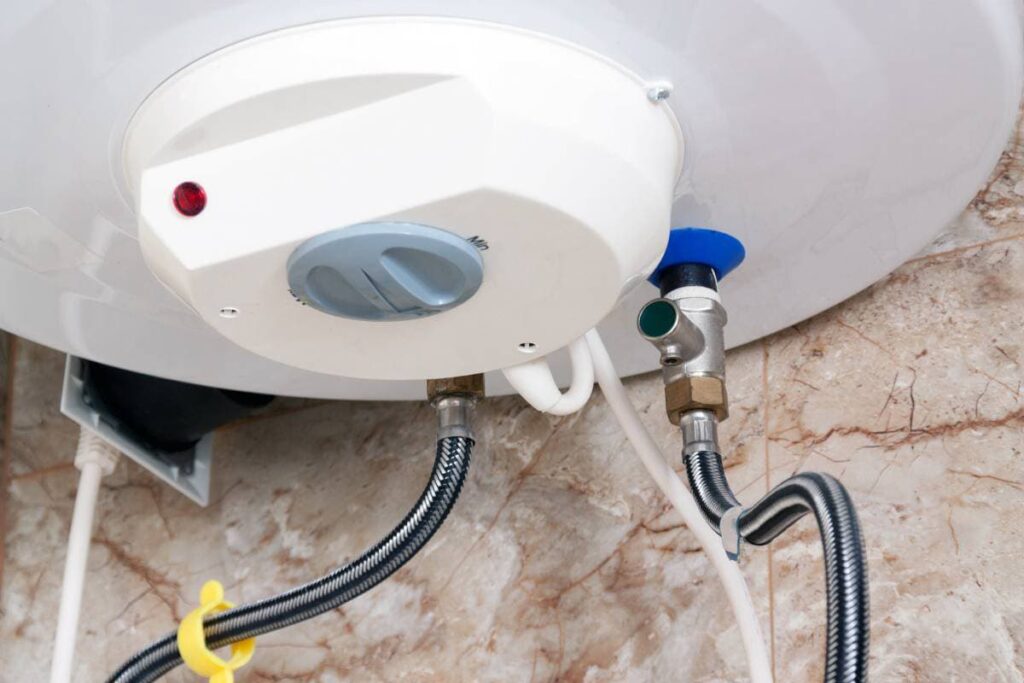Key Maintenance Strategies for Your Home's Hot Water SystemWays to Extend the Life of Your Home's Hot Water System Through Maintenance
Key Maintenance Strategies for Your Home's Hot Water SystemWays to Extend the Life of Your Home's Hot Water System Through Maintenance
Blog Article
The article down the page in relation to Water Heater Maintenance Tips You Can't Afford to Forget is incredibly insightful. Give it a go and draw your own personal assumptions.

Hot water is important for everyday comfort, whether it's for a revitalizing shower or cleaning dishes. To guarantee your hot water system runs successfully and lasts much longer, regular upkeep is essential. This article supplies useful tips and understandings on how to keep your home's hot water system to stay clear of interruptions and costly repair services.
Introduction
Keeping your home's hot water system may appear challenging, yet with a few straightforward steps, you can guarantee it operates efficiently for years to find. This overview covers whatever from recognizing your hot water system to do it yourself maintenance ideas and knowing when to hire expert aid.
Significance of Keeping Your Hot Water System
Regular upkeep not only prolongs the life-span of your hot water system yet also ensures it runs efficiently. Ignoring maintenance can result in lowered performance, higher power costs, and even early failing of the system.
Signs Your Hot Water System Demands Maintenance
Understanding when your warm water system needs interest can stop major issues. Watch out for indicators such as inconsistent water temperature, weird noises from the heater, or rustic water.
Purging the Water Heater
Flushing your hot water heater gets rid of debris buildup, enhancing performance and lengthening its life.
Checking and Replacing Anode Rods
Anode poles protect against corrosion inside the tank. Examining and replacing them when worn is vital.
Facility Issues Requiring Expert Help
Examples include significant leakages, electric troubles, or if your water heater is regularly underperforming.
Routine Expert Upkeep Perks
Specialist upkeep can consist of thorough inspections, tune-ups, and making certain compliance with safety standards.
Examining and Adjusting Temperature Settings
Adjusting the temperature settings ensures optimal performance and safety.
DIY Tips for Maintenance
You can perform several maintenance jobs on your own to maintain your warm water system in leading problem.
Looking for Leakages
On a regular basis check pipelines and connections for leaks, as these can result in water damage and higher bills.
Recognizing Your Warm Water System
Before diving into maintenance tasks, it's helpful to recognize the standard parts of your warm water system. Usually, this includes the water heater itself, pipes, anode poles, and temperature level controls.
Regular Monthly Maintenance Tasks
Regular monthly checks can assist catch minor concerns prior to they intensify.
Testing Pressure Alleviation Valves
Checking the pressure relief valve guarantees it functions correctly and protects against extreme pressure buildup.
Protecting Pipes
Insulating warm water pipes decreases warmth loss and can conserve energy.
When to Call a Professional
While do it yourself upkeep is advantageous, some issues call for expert proficiency.
Conclusion
Normal maintenance of your home's warm water system is necessary for effectiveness, longevity, and price savings. By adhering to these ideas and knowing when to look for expert help, you can make sure a dependable supply of warm water without unforeseen disruptions.
Water Heater Maintenance: The Basics
Maintaining your water heater will ensure it operates efficiently and has a longer lifespan. Neglecting regular maintenance can lead to costly repairs and an even bigger chunk of your savings if you have to replace it sooner than necessary. But there’s good news: Most water heater maintenance tasks are relatively simple and easy for homeowners with basic DIY skills.
Flush the Water Heater
Over time, sediment and minerals can build up in the tank, reducing its efficiency and potentially causing damage. To flush the tank, turn off the power or gas supply, attach a hose to the drain valve near the bottom and open the valve to drain the water until it runs clear. Ideally, flush the tank annually.
Replace the Anode Rod
The anode rod is a sacrificial metal rod that helps prevent corrosion inside the tank. Inspect and replace it every three to five years or per the manufacturer's recommendation. To replace the anode rod, turn off the power or gas supply, drain a few gallons of water from the tank, unscrew the old rod and replace it with a new one. If the anode rod is significantly corroded or covered in calcium buildup, it's a sign the water heater may need to be replaced soon.
Tune-Up
A yearly tune-up can help identify potential issues and ensure your water heater operates at peak efficiency. This typically involves checking the thermostat, burner assembly (for gas heaters) and any other components specified by the manufacturer. During a tune-up, the technician may also clean the burner and adjust the pilot light (for gas heaters) or examine the heating elements (for electric heaters).
How to Maintain Your Water Heater
Insulate the tank. Insulating the tank can improve energy efficiency and reduce heat loss, saving you money on energy bills. You can purchase precut insulation blankets designed specifically for water heaters or use standard fiberglass insulation wrapped securely around the tank. Check the temperature. The recommended water temperature for most households is around 120 degrees Fahrenheit (49 degrees Celsius). Higher temperatures can increase energy costs and potentially cause scalding. Use a kitchen thermometer to check the temperature at the faucet nearest the water heater. Monitor water pressure. Excessive water pressure can strain the water heater and cause leaks or even tank failure. Install a pressure-reducing valve if necessary. The ideal water pressure range is between 60 and 70 PSI (pounds per square inch). Test the temperature and pressure (T&P) relief valve. The T&P relief valve is a safety feature that releases pressure if the tank gets too hot or the pressure builds up too high. Test it annually by lifting the lever and allowing a small amount of water to release. Replace the valve if it doesn't release water or reseal properly. Check for leaks. Regularly inspect the tank, pipes and fittings for leaks or corrosion. Deal with issues promptly to prevent further damage. Even a small leak can lead to significant water damage over time. Consider a tankless water heater. If your traditional tank-style water heater is nearing the end of its lifespan ( typically 10 years), consider replacing it with a tankless water heater. These units heat water on demand, reducing standby energy losses and potentially saving you money on your energy bills. Schedule professional maintenance. While homeowners can perform many water heater maintenance tasks, it's still a good idea to schedule professional maintenance every few years. A plumber or HVAC technician can thoroughly inspect the unit, identify potential issues and ensure it operates safely and efficiently. https://www.homeserve.com/en-us/blog/home-improvement/hot-water-heater-maintanence/

I am very fascinated by How to Maintain Your Water Heater & Prolong its Life and I'm hoping you appreciated the entire blog posting. Sharing is good. Helping people is fun. Thanks for being here. Return soon.
Pricing Report this page